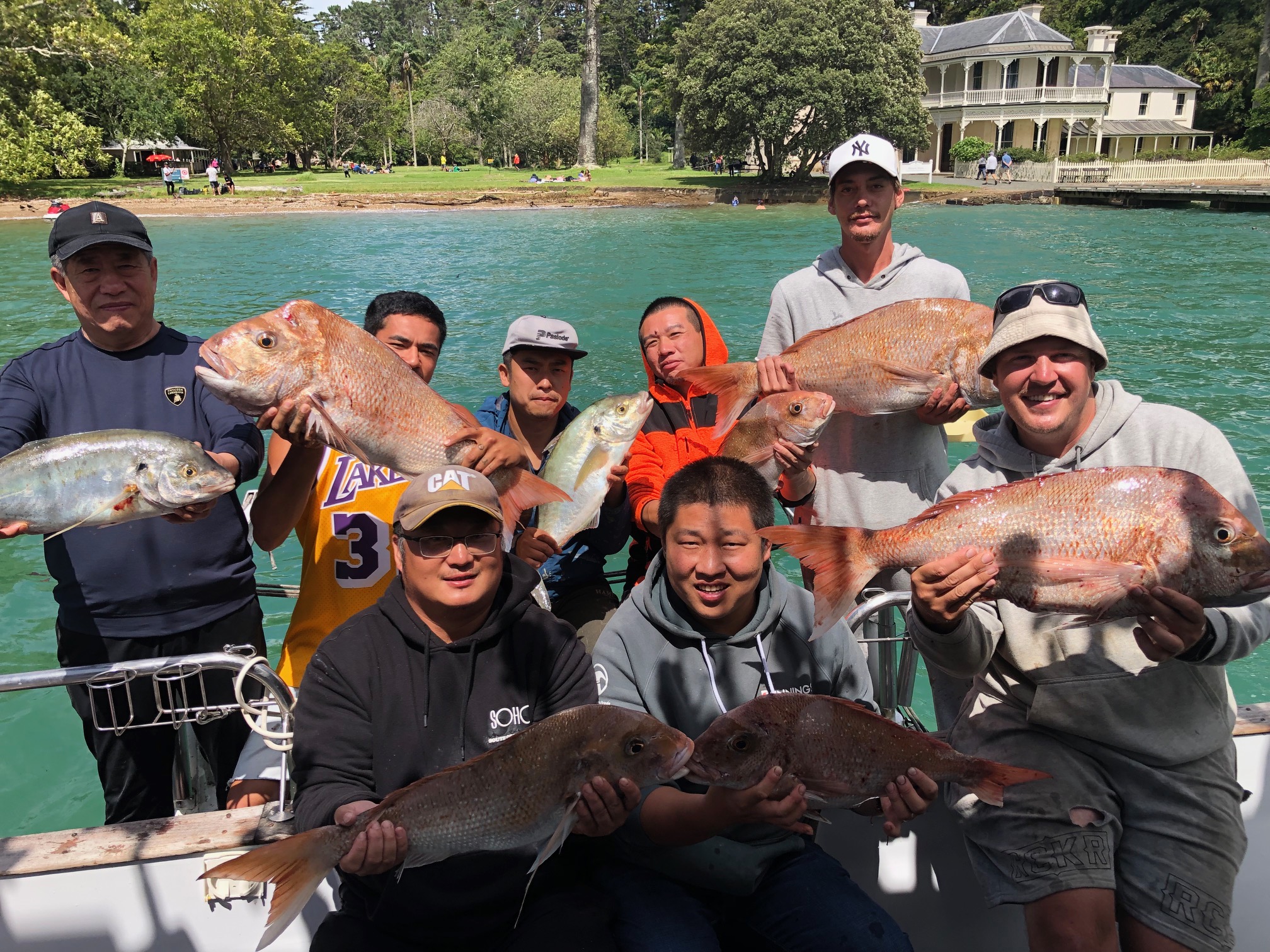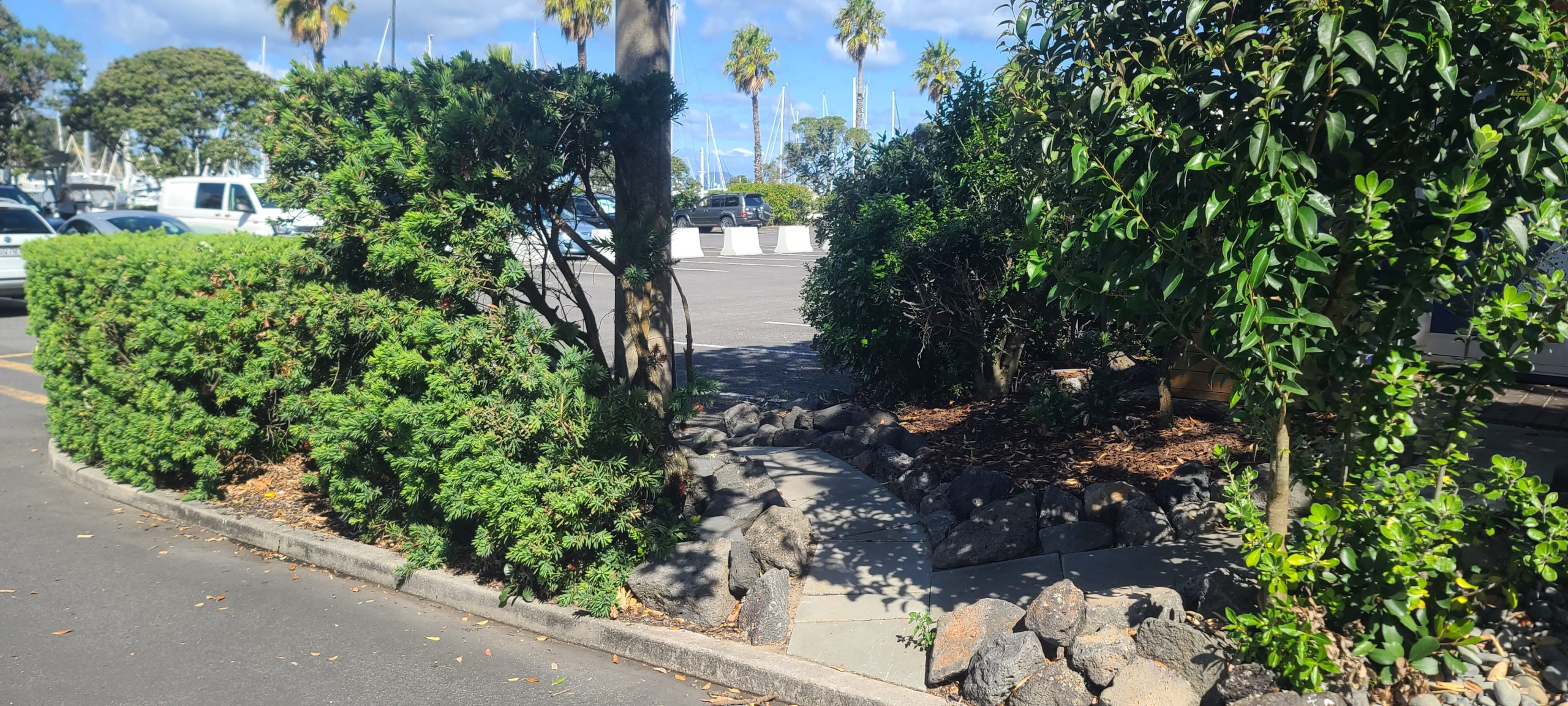We’ve started a new project to install new WiFi infrastructure across the marina which will, when completed, provide high speed Internet connectivity across the entire marina.
The new infrastructure will provide separate WiFi access for vessel telemetry e.g. chart plotters etc, berth holders, and the public. The project involves installing a higher density of access points, which will give greater coverage and faster speeds, however this sounds a lot simpler than it actually is.
The project is being led by our own electrical engineer, Ben Martel, who has over 20 years experience with cellular and WiFi technology. Ben explains that “marinas are a uniquely challenging environment to provide high speed WiFi with consistent coverage.”
WiFi uses radio waves to transmit information between your device and the WiFi router. When these radio waves hit an obstruction, which in the case of a marina are masts and vessels, it weakens the strength of the radio signal beyond the obstruction.
In a marina it is further complicated because the tide changes the environment constantly. “We have to carefully plan where in the marina we install the new WiFi access points to ensure that the additional access will compensate for the obstructions” says Ben.
The new WiFi access points that you will start seeing pop-up on the marina piers support the latest WiFi standard, known as WiFi 6, but they support all the previous versions as well. What’s new in WiFi 6? The crux of WiFi 6 is MU-MIMO (Multi-user multi-in multi-out). What this means, as the picture shows, is the WiFi access point has four external antennas.
The radio signal from your WiFi station e.g. phone, tablet, chart plotter etc, is received by all four antennas. The received signal on each of them is compared to each other, making sure that any ‘noise or corruption’ received can be removed. This significantly reduces the amount of times that the access point needs to ask the station to re-transmit it’s message.
“Think of yourself talking to four other people at the same time; if every time you spoke, all four of the other people confirmed with each other what they heard, then agreed between themselves what was actually heard. The conversation would surely proceed with a lot more certainty” says Ben.
The project will initially be rolled out on Piers A, B, and C, starting in the first weeks of May, and then tested to ensure that service is to be as effective as possible; the remaining piers will have the new WiFi installed in the months following.




